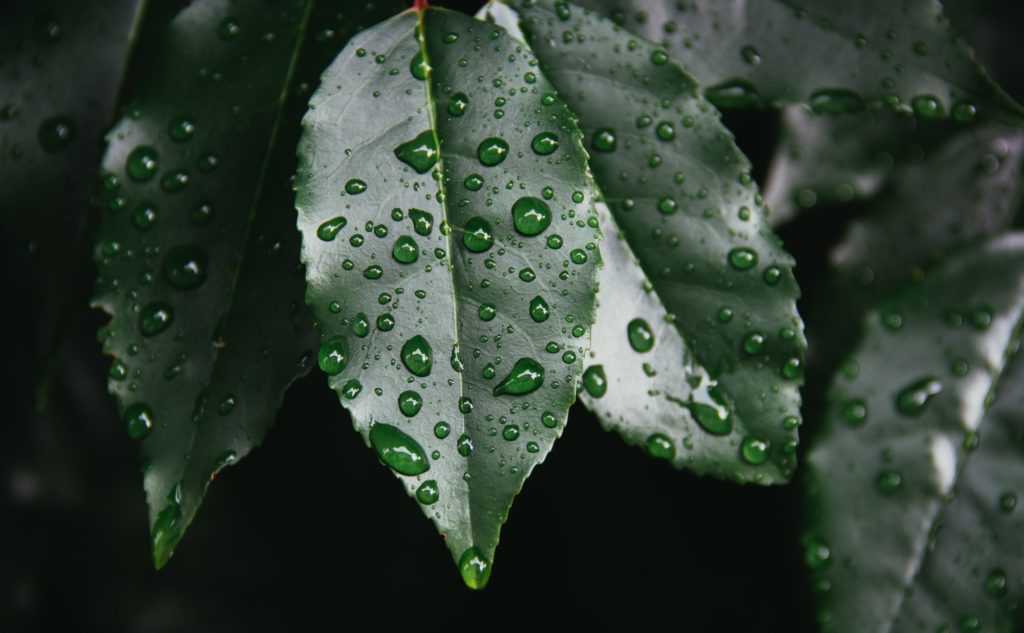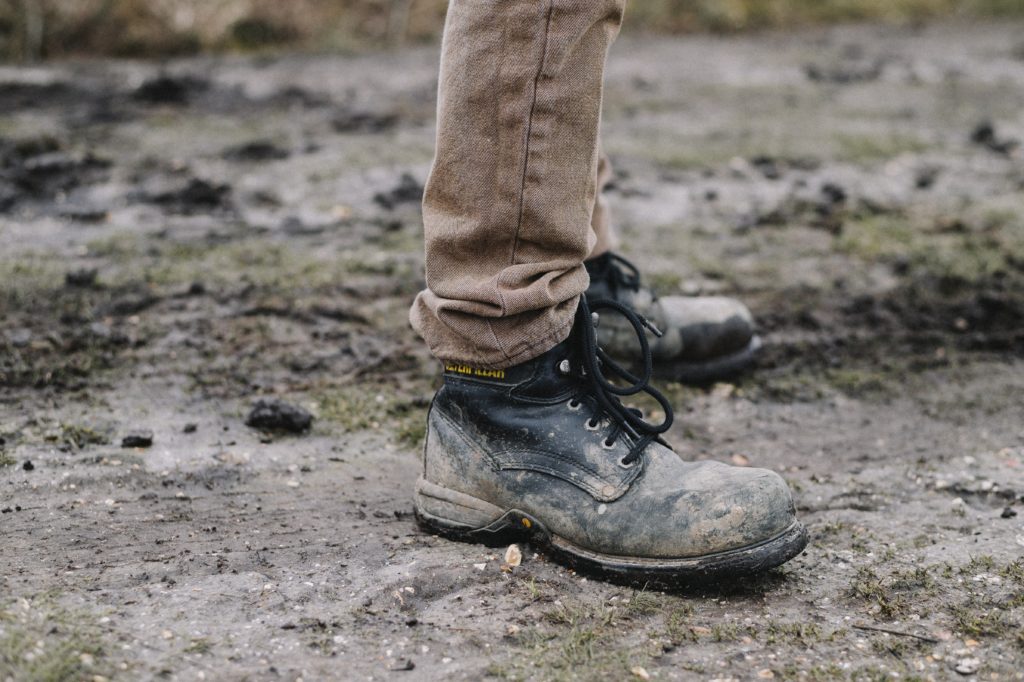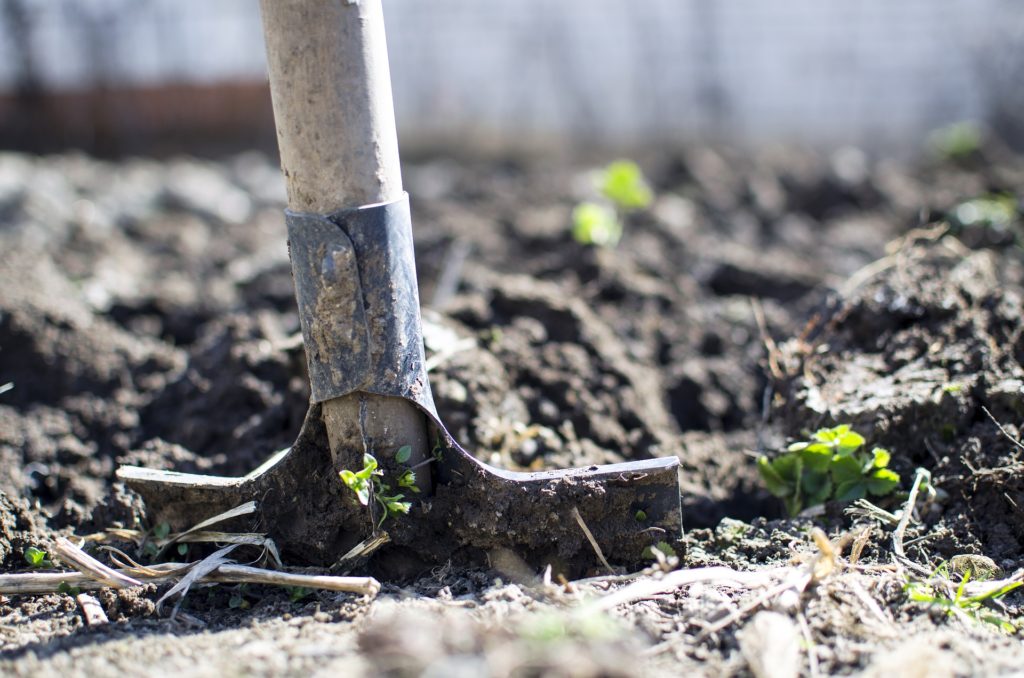With this past week’s stressful forecast of more rain, my heart sunk as I looked out over the already-saturated fields. Farmers all around the area are struggling to keep their employees busy, finding inside work to do, and trying with all their might to keep their greenhouse plants alive. Most of those plants wanted to get outside and into fresh soil weeks ago, but it’s just been too wet.
But lucky us, as the forecast shifted and we narrowly avoided another atmospheric river! Sure, it rained, but not the inches that were originally predicted. Could this be the end of the major storms for the year? I sure hope so.

The problem with such a wet spring is that the soil is just so wet, and with cool temperatures it will take a while to dry down. For many farners, waiting to get into their fields with heavy equipment, it will be weeks yet.
Luckily for the gardeners, our footsteps make a lighter impact on garden soil. But it’s still worth being extra careful out there. Soil is so fragile, and trampling around your garden in the mud is one of the worst things you can do.

The main reason for this lies in the precious air space in your soil. When it gets muddy and heavy, your footsteps, hands, and digging tools will only act to squish out that air space – leaving no room for roots to spread and grow. Conversely, if your soil is too dry and you work it, you run the risk of breaking up aggregates that have formed, and turning your once-chunky tilth into dust.
To test if your soil is right for working, grab a handful of it, squeeze it into a ball, release your fingers, and see if the ball shape remains. If it quickly turned into a solid mass, it’s still too wet! If it forms a loose ball, that easily breaks apart when you toss it lightly in the air and catch it again, it’s perfect and ready to be planted. Aim for this sweet spot for any of your gardening tasks. Otherwise, wait and avoid one of the most common gardening mistakes out there.
If you’re getting super antsy to garden, there’s plenty you can do right now. You can go out and buy your seeds and seed starting supplies, organize your potting shed, sharpen, clean and repair your tools, mulch and compost perennial plants in the landscaping, and continue to work on your garden plans for the year. Just stay off that fragile, wet soil!



 Family
Family

